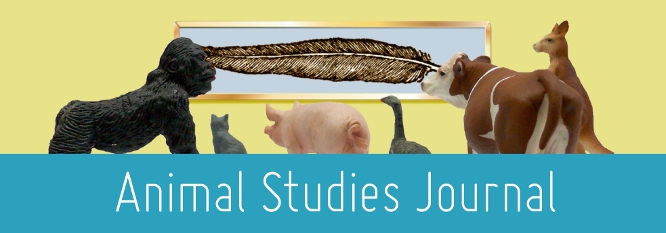Home > assh > ASJ > Vol. 1 (2012) > No. 1

Abstract
Tall Horse is a play with a life-size animal puppet about a giraffe sent as a royal tribute to post-revolutionary France in the 1820s. Giraffe is a novel about a herd of giraffes taken from Kenya to a Soviet-defined Czechoslovakia in the 1970s in order to breed a new species for ‘the glory of communism’. What pulls these disparate texts into very fruitful engagement is not just the species of animals themselves but why an animal accrues symbolic significance within particular moments in history and culture. Such accruals not only reveal the constructions of human thought but, conversely, may dramatically influence such thought. In their extending of the oft-repeated Claude Levi-Strauss maxim that ‘animals are good to think with’, Lorraine Daston and Gregg Mitman point out that such thinking need not necessarily be symbolic but could refer to the human assumption of ‘a community of thought and feeling’ between ourselves and other animals. Both ways of thinking with animals may be transformative for humans and animals alike, as the primary texts about non-fictional giraffes indicate.
This paper will briefly consider the hybridity of giraffes before connecting diasporic theorising with the lives of these charismatic animals taken unwillingly from Africa to Europe. Historically, the respective discourses of science and politics intertwine in the study of the giraffe in Enlightenment France, and in the breeding and then slaughter of the giraffe herd in Czechoslovakia during the Cold War. Such mediating representations of ‘real’ giraffes, the paper suggests, open us up, as members of an audience and/or as readers, to embodied responses of ‘generosity’ and affect in relation to narratives of nonhuman animals.
Recommended Citation
Woodward, Wendy, This Animal Which Is Not One: Diasporic Giraffes in the African Puppet Play Tall Horse and J. M. Ledgard's Novel Giraffe, Animal Studies Journal, 1(1), 2012, 1-16.Available at:https://ro.uow.edu.au/asj/vol1/iss1/2

